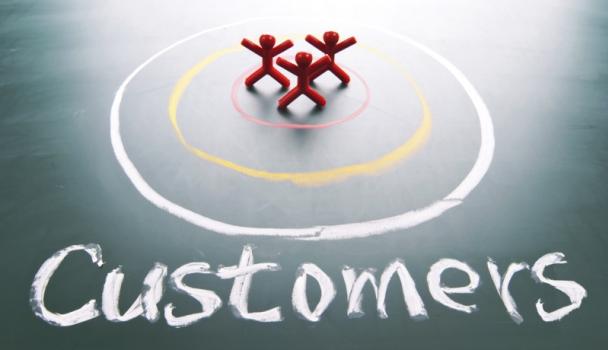How do one define value? Is it measurable? Do you know what are your products and services actually worth to customers? It’s a whole lot easier to claim value than to actually create it.
Many customers understand their own requirements but do not necessarily know the worth when those needs are fulfilled. For example, put yourself in the role of an accounting firm. Two software companies are trying to sell you their accounting package. The first company comes to you with this proposition: “Our product will help you achieve your efficiency and we will provide you superior value for money.” The other comes and say, “We can lower your cost of your accounting department by $430.19 per hour if you use our software,” and offers to show you exactly how. Which proposition would you find more compelling?
In order to truly understand how to build value, we describe a process for building a value model to help guide you in understand what your customers value.
Get Started
Put together a value research team with people from product, engineering, marketing and salespeople. Having salespeople involved is particularly important because they know the customer and how effective the offering will be. The team will need to think through what it will need from the customer and what will the customer gain and be prepared to offer an incentive.
List down all the value elements
Value elements are anything that affect the costs and benefits of the offering. It may be a service or something technical. It is also advisable to consider the entire life cycle of the offering, from how the customer acquires and uses it to how the customer disposes of it when it is no longer needed. The list should consider all the potential effects that doing business with a supplier might have.
Gather data
The next step is forecast each element and finding out what each one is worth that is on the value elements list. The research team also needs to be creative in finding other sources of information. Customer analytics can tell you who your customers are, what they are doing, what they want, and how and when to reach them, so that you can create personalized experiences that win more business and drive loyalty.
Validate the model and the variances
After building the value model, the model needs to be validated by conducting additional assessments with other customers or potential customers. This process tends to develop a greater understanding of where it needs to use firsthand data and where it can rely on customers’ perception.
The aim of customer value management is to deliver superior customer value and achieve a return for it. There’s no fun in selling something based on the price. When there is market pressure on price, companies tend to respond by demonstrating that it has something better to offer that will provide superior value.





























